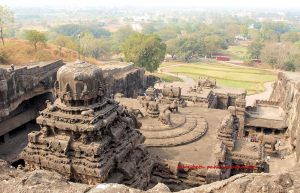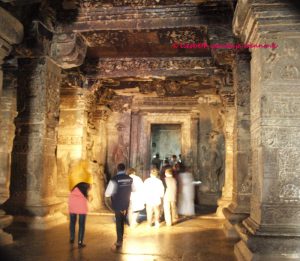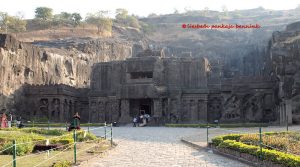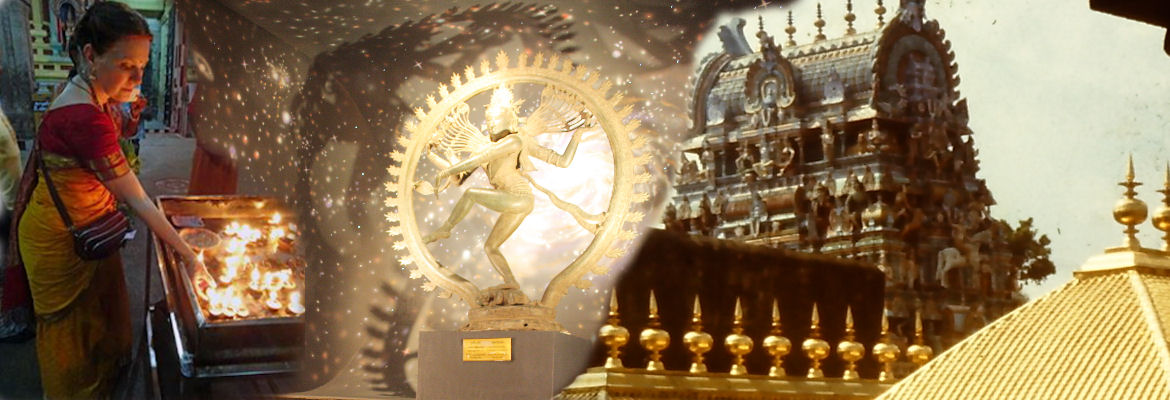
In a previous post on the antiquity of the cave temple complex of Ellora and its Kailash temple, I presented the information C.M. Malet send to Sir John Shore, the president of the Asiatic Society of Calcullta in 1794. Malet writes about two different versions of the origin of the monuments of Ellora he noted down from two different sources, one Moslim, the other Hindu. The Hindu authority, a Brahmin, referred to a book or text which the British Malet noted down as “Sewa Lye Mahat”. According to this Brahmin scholar this text gave the age of the Kailash as 8000 years old.
Śivalaya Māhātmya

Wanting to get to the root of this, I wondered what was meant by this. Now in the 18th century people from outside India would write down what they heard phonetically, as they heard it, in their own language. Even in their own countries spelling was not as formalised as it is today. So sometimes we read things in the descriptions of India and it is anybody’s guess what is meant exactly. After a bit of puzzling I came to ‘Śivalaya Māhātmya’, or ‘The Glorification of the Abode of Shiva’. A mahatmya is a text praising a sacred place, person, or object. Shivalaya means Abode of Shiva.
This ‘Śivalaya Māhātmya’ is a part of the Sahyādrikhaṇḍa, which in its turn is a part of the Skanda Purana. The Skanda Purana is one of the 18 great puranas or mythological collections embodying mythical thought within Hinduism. The Sahyādrikhaṇḍa is described as “containing the legend of the origin of the Chitpavans migration of Saraswat Brahmins from brahmavartha to Goa along with Parashurama and origin of Karade Brahmins.” (Wikipedia).
Thesis?
Searching further I came across some references to a publication or proposed publication of the Śivalaya Māhātmya by Micaela Soar, and stating she was connected to the School of Oriental and African Studies, London. It seems a translation and analysis of the Shivalaya Mahatmya was to be her PhD thesis, according to information given by Tryna Lyons in “The Artists of Nathadwara: The Practice of Painting in Rajasthan”, p 285, note 3. This translation and study is also quoted in books by Wendy Donniger and David Shulman. But so far I have not been able to find any further trace of this PhD thesis anywhere. Although I understood thesis are always public and nowadays also mostly made digitally accessible.
Shri Verul Mahatmya

While digging the internet in search of this thesis I came across another PhD thesis which according to its title offers additional material that may give us further insight into the origin and history of the Kailash temple of Ellora. Shodhganga, the digital repository of Indian Electronic Theses and Dissertations set-up by the INFLIBNET Centrewebsite, includes one thesis from 1991 with the title “Shri Verul Mahatmya, a study in historiography of ellora” by Dr. Bhagwan Khanderao Padalkar, from the Dr. Babasaheb Ambedkar Marathwada University. Alas for me and many others this thesis is in an Indian language (Marathi?) and Devanagari script. It is therefore inaccessible to me. I would like to encourage readers who are able to read this thesis to make this material accessible internationally. I am really curious what we could learn from this original Indian research work on the history and mythology of Ellora.

christel
another most valuable contribution for our effort to decode the Kailash/ellora,.very many thanks, dear Liesbeth..be blessed to continue your great work.
Raji Tripathi
Leisbeth,
Very interesting article.
Do you have a digitized copy of the thesis? Link for it?
If so, I can translate it.
liesbethpankaja
That would be great Raji. This is the link to the thesis one more time: http://shodhganga.inflibnet.ac.in/handle/10603/102572
Stijn
Translation would be great Raji. Thank you for attempting that.